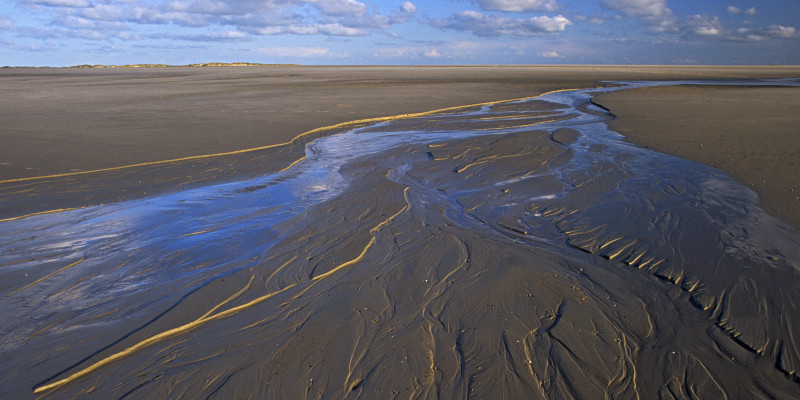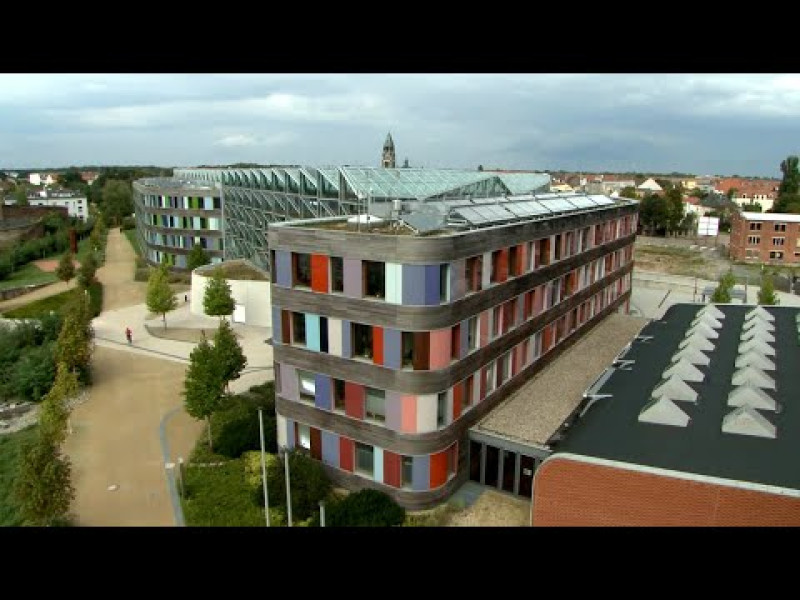Nutrient loads, pollutants and waste inputs which are often excessively high are to blame for the 'moderate' to 'poor' ecological status. Nutrients are introduced to the sea from agricultural land in rivers or from the air. More frequent incidences of algal bloom are the result, which is followed by a depletion of seaweed and can lead to an increase of filamentous green algae and oxygen deficiency. Responsible use of fertilisers could reduce this effect and thus enable achievement of "good" ecological status.
Waste is introduced to the Wadden Sea from rivers but also by direct means, for example tourism, fisheries or shipping traffic, and poses a threat to a wide range of animals and plants. The salt-rich Wadden Sea boasts more birds than any other region in Europe: some 11,000 avocet pairs can be observed there, for example The avocet feeds by scything its upcurved bills from side to side. The Wadden Sea is also the habitat of the sand mason, acorn barnacle and dwarf eelgrass. It is quite rightly protected by both national and international law: it is a UNESCO World Natural Heritage site and also an important national park in Germany.
 Click to enlarge
Click to enlarge
